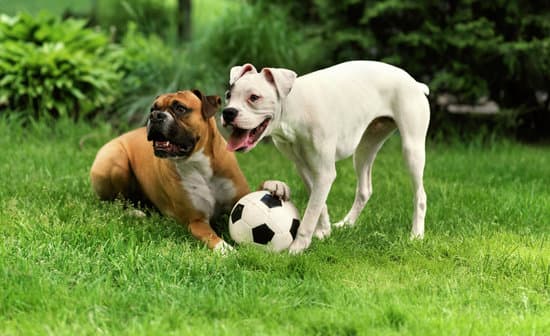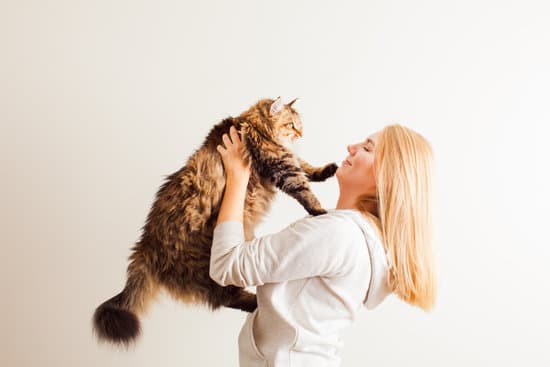The 7 Best Positive Training Techniques for Dogs: A Comprehensive Guide
Dog owners know that training their furry friends is an essential part of ensuring a happy and healthy relationship between them. Positive training techniques are becoming increasingly popular among dog owners as they are humane and effective methods that focus on rewarding good behavior rather than punishing bad behavior. In this article, we will explore the seven best positive training techniques for poochs that will help you train your dog in a way that is both effective and enjoyable for both you and your furry friend.
The first technique that will be discussed is clicker training, which involves using a clicker to mark desired behavior and then rewarding the pooch with a treat. This technique is based on the principle of classical conditioning, where the sound of the clicker becomes associated with the reward, and the pooch learns to repeat the behavior that leads to the click. Another technique that will be covered is shaping, which involves breaking a behavior down into smaller steps and rewarding the dog for each step towards the desired behavior. This technique is particularly useful for teaching complex behaviors.
Other techniques that will be discussed include positive reinforcement, capturing, luring, targeting, and free shaping. Each technique has its own unique benefits and can be adapted to suit the individual needs of your pooch. By using these positive training techniques, you can create a strong bond with your pooch and help them become a well-behaved and happy member of your family.
Understanding Positive Reinforcement

The Science Behind Positive Reinforcement
Positive reinforcement is a training technique that involves rewarding a pooch for good behavior. This technique is based on the science of operant conditioning, which suggests that behavior can be shaped by consequences. In other words, when a pooch is rewarded for a certain behavior, they are more likely to repeat that behavior in the future.
One of the key principles of positive reinforcement is that the reward should be something that the pooch finds valuable. This could be a treat, a toy, or even verbal praise. The reward should also be given immediately after the desired behavior, so that the pooch can make the connection between the behavior and the reward.
Benefits of Positive Training Techniques
There are many benefits to using positive training techniques with dogs. One of the most important is that it can help to build a strong bond between the pooch and their owner. When a dog is rewarded for good behavior, they are more likely to trust and respect their owner.
Positive reinforcement can also be a more effective training technique than punishment. When a pooch is punished for bad behavior, they may become fearful or aggressive. This can make it difficult to train them effectively. Positive reinforcement, on the other hand, can help to build a pooch’s confidence and encourage them to learn new behaviors.
Overall, positive reinforcement is a powerful tool for training dogs. By understanding the science behind this technique and the benefits it can provide, pooch owners can create a strong and positive relationship with their furry friends.
Essential Positive Training Techniques

Clicker Training Fundamentals
Clicker training is a popular positive reinforcement method used to train poochs. It involves using a clicker, a small handheld device that makes a clicking sound, to mark a desired behavior. The sound of the clicker is then followed by a reward, usually a treat, to reinforce the behavior. Clicker training is based on the principles of classical conditioning and operant conditioning.
To start clicker training, the pooch needs to be conditioned to associate the sound of the clicker with a reward. This is done by repeatedly clicking the clicker and immediately giving the pooch a treat. Once the pooch has made the association, the clicker can be used to mark desired behaviors.
Clicker training is effective because it allows for precise timing and clear communication with the pooch. It can be used to teach a wide range of behaviors, from basic commands like sit and stay to more complex tricks like roll over and play dead.
Reward-Based Training
Reward-based training is another popular positive reinforcement method used to train poochs. It involves rewarding the dog for good behavior rather than punishing them for bad behavior. Rewards can include treats, toys, praise, or anything else the dog finds rewarding.
Reward-based training is effective because it encourages the dog to repeat good behavior. It also helps to build a positive relationship between the pooch and the trainer. It is important to use rewards that are meaningful to the pooch and to vary the rewards to keep the pooch motivated.
Using Treats Effectively
Treats are a common reward used in positive reinforcement training. When using treats, it is important to use them effectively to get the best results. Treats should be small and easy to swallow, so the pooch can quickly eat them and get back to training. They should also be varied to keep the pooch interested and motivated.
It is important to use treats as a reward, not a bribe. The pooch should be trained to perform the desired behavior before getting the treat, not lured into the behavior with the promise of a treat. Treats should also be phased out over time, so the pooch learns to perform the behavior without the need for a reward every time.
Building a Training Routine
Consistency in Training
One of the most important aspects of building a successful training routine for dogs is consistency. Dogs thrive on routine and predictability, so it’s important to establish a consistent training schedule that works for both the dog and the owner. This means setting aside a specific time each day for training sessions and sticking to it, even on weekends or holidays.
In addition to scheduling regular training sessions, it’s also important to use consistent commands and rewards. Dogs learn through repetition, so using the same commands and rewarding good behavior with the same treats or praise will help reinforce positive behaviors.
Incorporating Training into Daily Activities
Another key to building a successful training routine is incorporating training into daily activities. This can include using training commands during walks or playtime, or practicing obedience training during meal times or while grooming the dog.
By incorporating training into daily activities, owners can help reinforce positive behaviors and make training a natural part of the dog’s routine. This can also help prevent boredom and destructive behavior, as the dog will have opportunities to engage in positive activities throughout the day.
Overall, building a successful training routine requires consistency, patience, and a willingness to incorporate training into daily activities. With these techniques, owners can help their dogs develop positive behaviors and strengthen the bond between dog and owner.
Advanced Positive Training Strategies

Shaping Behavior
Shaping behavior is an advanced positive training technique that involves breaking down a complex behavior into smaller, more manageable steps. This technique is particularly useful when teaching a dog a new behavior that they are not familiar with.
To shape behavior, the trainer rewards the dog for performing each step towards the desired behavior. For example, if the desired behavior is to roll over, the trainer would reward the dog for lying down, then for rolling onto their side, and finally for completing the full roll-over. This technique encourages the dog to learn and perform the behavior on their own, rather than being forced to do so.
Phasing Out Treats
While treats are an effective tool for positive reinforcement training, it is important to eventually phase them out to prevent over-reliance on food rewards. Phasing out treats involves gradually reducing the frequency and amount of treats given for a behavior until the dog no longer requires them.
To phase out treats, the trainer can gradually increase the difficulty of the behavior and reduce the frequency of treats given. For example, if the dog was previously given a treat every time they sat on command, the trainer can start giving treats every other time, then every third time, and so on. Eventually, the dog will perform the behavior without expecting a treat every time.
Overall, shaping behavior and phasing out treats are advanced positive training strategies that can help dogs learn new behaviors and become more independent in their training.
Addressing Behavioral Challenges

Dealing with Common Misbehaviors
One of the most common reasons why pet owners seek out positive training techniques is to address common misbehaviors such as jumping, barking, and digging. These behaviors can be frustrating for owners, but they are often a result of boredom, lack of exercise, or lack of training.
Positive training techniques can help address these behaviors by teaching dogs alternative, more appropriate behaviors. For example, instead of jumping on people, a dog can be trained to sit or stay when greeting someone. Instead of digging in the yard, a dog can be provided with appropriate toys and chew items to redirect their energy.
Positive Techniques for Aggressive Dogs
Aggression in dogs can be a serious issue, and it is important to address it as soon as possible. Positive training techniques can be effective in addressing aggressive behaviors, but it is important to work with a professional trainer who has experience in dealing with aggression.
One effective technique is desensitization and counter-conditioning, which involves gradually exposing the dog to the trigger of their aggression while rewarding them for calm behavior. This can help the dog learn to associate the trigger with positive experiences rather than negative ones.
Another technique is teaching the dog alternative behaviors to aggressive ones, such as sitting or lying down instead of growling or barking. This can help redirect the dog’s energy and prevent aggressive behavior from escalating.
Overall, positive training techniques can be effective in addressing a range of behavioral challenges in dogs. By working with a professional trainer and using positive reinforcement, owners can help their dogs learn new, more appropriate behaviors and strengthen the bond between them.









